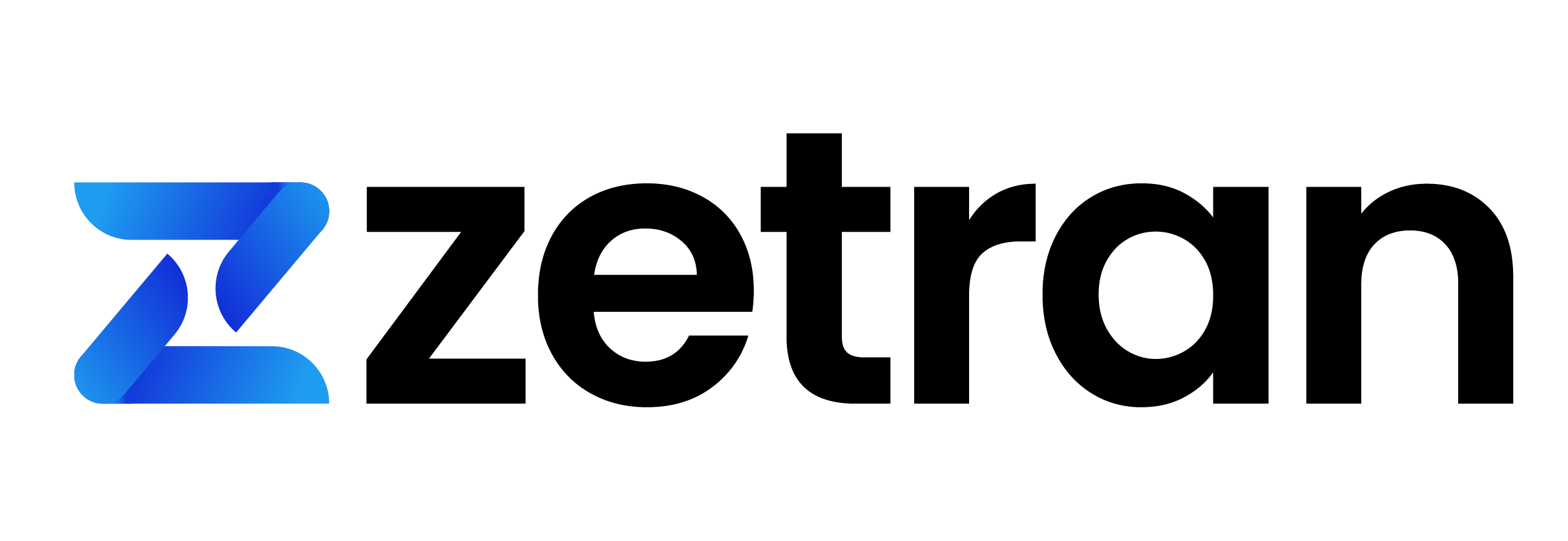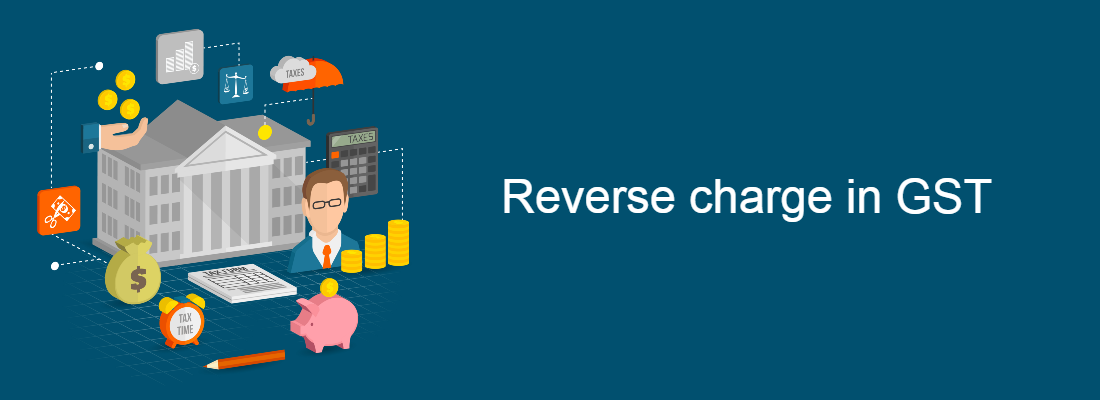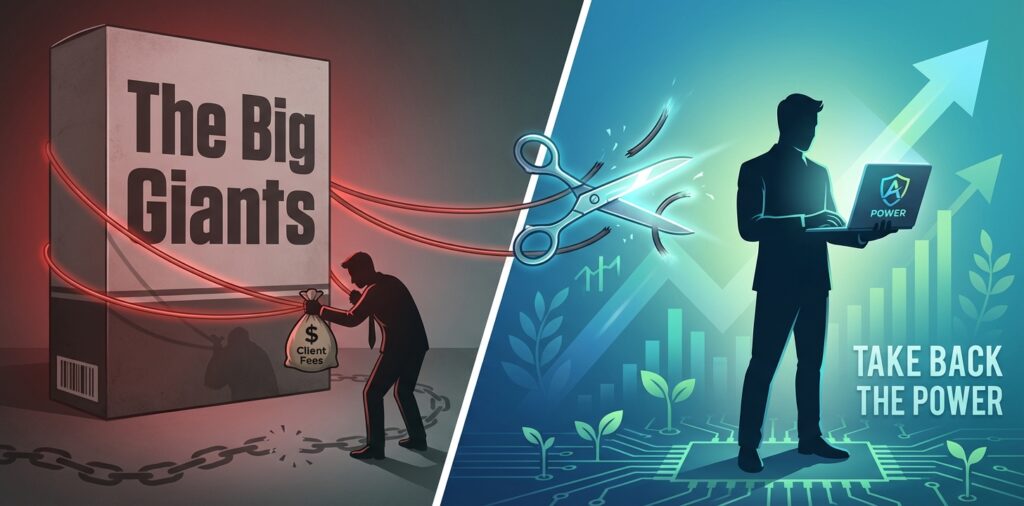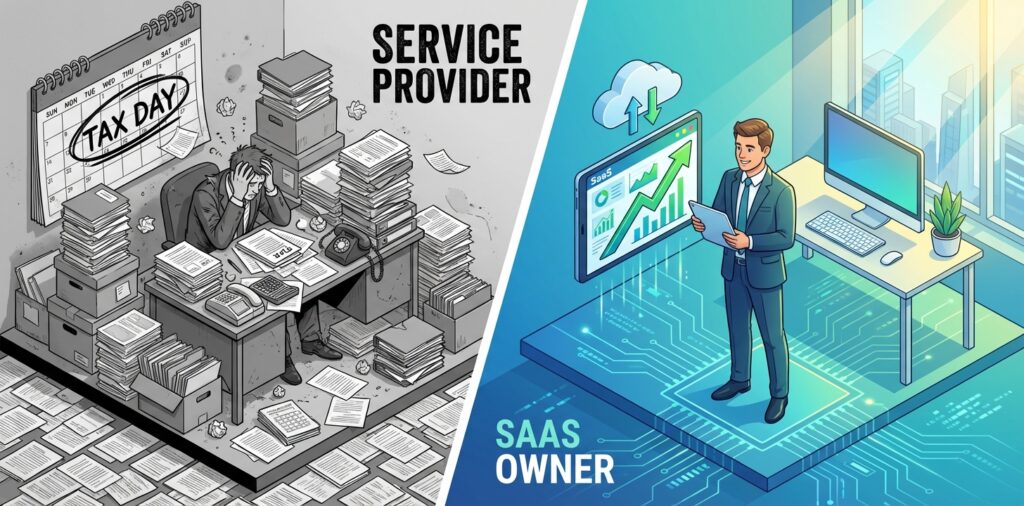What is a reverse charge in GST?
Although the end consumer bears the final burden of the tax, the supplier must first file the tax. However, a situation where the recipient pays the tax directly to the government is termed as the reverse charge. This implies that the liability to pay tax on the supply of goods and services falls on the receiver instead of the supplier of such goods or services.
The reverse charge was expanded under the newly introduced GST structure. At present, it is applicable to goods supplied instead of only service provided. The main reason for placing the reverse charge mechanism is to ensure compliance with the GST laws and increase the tax revenues of the government. As there are small businesses that are exempted from GST registrations, large businesses that purchase goods or services from these businesses that enjoy tax relief will file the tax in their stead.
When to Apply Reverse Charge
- In the case where an unregistered dealer under GST supplies goods to a registered dealer, a reverse charge is applicable. To pay this tax, the registered dealer has to do self-invoicing for the purchases. On the invoice, it must be clearly stated that a reverse charge was incurred on the purchases and a thorough and accurate record must be kept. To simplify this process, the recipient should make use of GST accounting software.
- Purchase of items below Rs.5000 per day does not attract reverse charges even if you are buying from an unregistered dealer in intra-state transactions.
- In the case of e-commerce operators, the tax burden on the services provided by them will fall on them. A representative of the e-commerce firm shall be appointed to be paying the tax on behalf of the company.
- The purchase of agricultural products, like cashew nuts and tobacco leaves, and the supply of lottery attract reverse charges.
- Services such as those provided by a non-taxable person, a person in a non-taxable territory, sponsorship service, and service of an insurance agent among others also carry a reverse charge. This implies that the receiver of such goods or services will pay the GST to the government.
Time of Supply under Reverse Charge Mechanism.
The time of supply under the reverse charge mechanism (RCM) determining the time of supply is different for goods and services.
Time of Supply in case of goods
In the case of goods, under the reverse charge mechanism, the time of supply has to be the earliest of the below following dates.
- The date of receipt of goods.
- The date immediately followed after the next 30 days, from the invoice issued to date by the supplier.
There is a possibility that you aren’t able to determine the time of supply under the above condition. In this case, the time of supply would be the date of entry in the accounts receipt book.
Example for the time of supply in case of goods
Goods Receipt Date: 15-05-2021
Invoice Date: 1-06-2021
The entry date in the receiver book: 18-05-2021
Hence, in this case, the time of supply shall be 15-05-2021
Time of supply in case of services
In the case of services, under the reverse charge mechanism, the time of supply has to be the earliest of the below following dates.
- The date of payment
- The date immediately followed after the next 60 days, from the invoice issued to date by the supplier.
There is a possibility that you aren’t able to determine the time of supply under the above condition. In this case, the time of supply would be the date of entry in the accounts receipt book.
Example for a time of supply in case of services
Payment date: 15-07-2021
The date immediately followed after the next 60 days, from the invoice issued date: In this case, the date will be 14-07-2021
Entry date in books of the receiver: 18-07-2021
Hence, in this case, the time of supply shall be 14-07-2021
Other Points to Note on Reverse Charge
- Buyers who use the goods or service they pay a reverse charge for can claim the Input tax credit on such payment. However, if the goods are for personal consumption, there is no ITC on reverse charge.
- Taxpayers under the composition scheme are not eligible for reverse charge.
Self Invoice Under GST
For self-invoice under GST, consider a situation, you have made some purchases from an unregistered supplier. And, those goods or service purchases fall under the reverse charge. The self-invoice has to be done in this case. The reason behind this is, your provider will never be able to offer you a GST-compliant invoice and finally, you become liable to pay taxes on their behalf.
The concept of reverse charge has been introduced to bring unregistered persons under the GST regime. If a person registered or not is making taxable supplies, then that person is required to collect tax on these supplies either by filing the return or deduct the tax at the source before making payment.
Who should pay GST under RCM?
As per the GST Law provisions, if the person furnishes the respective goods to the other person, then he/she should bring up in the invoice tax that the tax is payable under RCM or not. While you make any GST payments under Reverse Charge Mechanism (RCM), be conscious of the below points.
- A company must use the imported goods or services for business or furtherance of business to avail of the ITC on the tax amount paid under RCM.
- The compensation GST tax can be applied to the tax which is paid under the reverse charge mechanism (RCM) or the tax payable.
- A composition dealer should be liable to pay their taxes at the normal rate of tax and not at the composition rates of tax, in the case – he discharges his liability under RCM. Also, he/she is not eligible for claiming the input tax credit of the tax paid.






